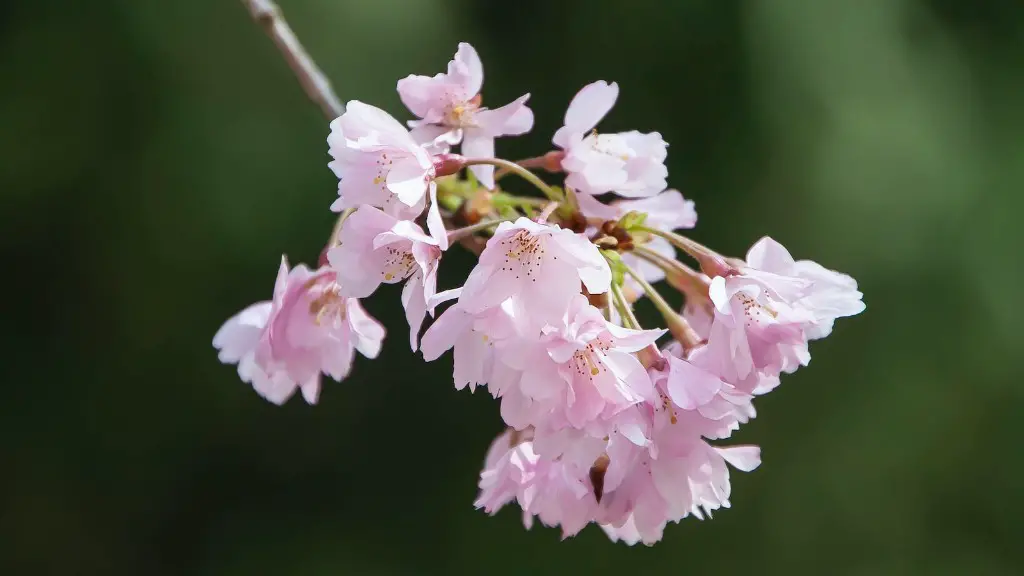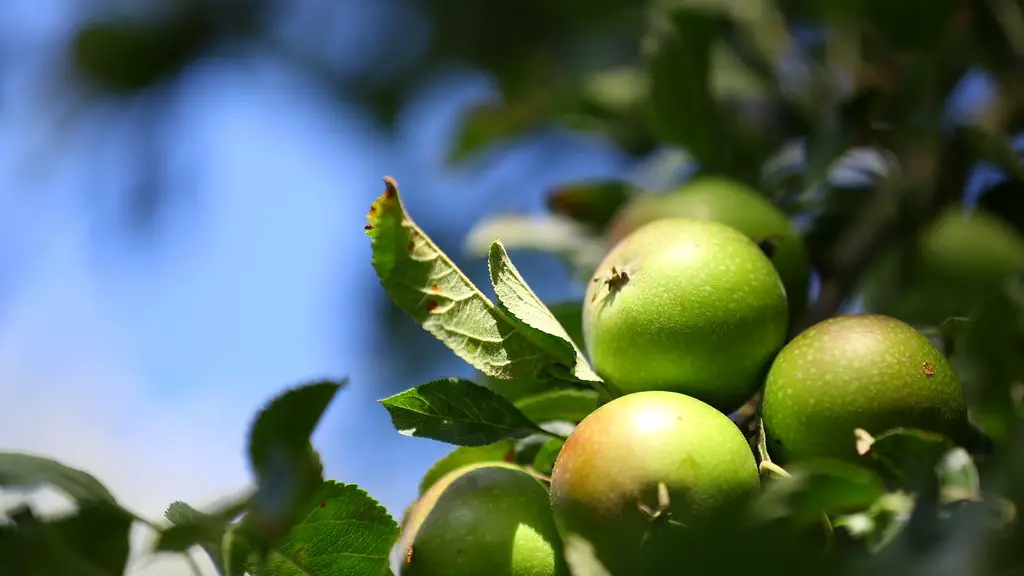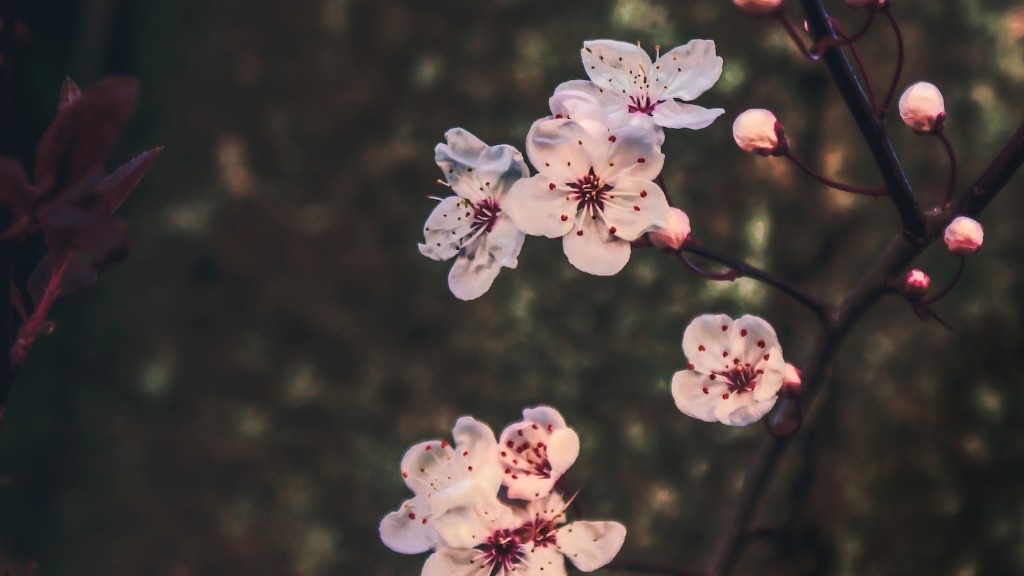Introduction
Growing cherry trees from seed is a rewarding and relatively easy task. Not only does it provide an opportunity to explore the science of horticulture, it can provide satisfaction for those looking for an inexpensive way to grow a home orchard. It takes time, however, and there are risks to consider before trying this method. Understanding the basics of germination, as well as specific information on the variety of cherry tree being grown, is essential to have the best chance of success. With some patience and the right climate, growing a cherry tree from seed can produce good results.
Required Materials
The materials required to grow a cherry tree from seed are minimal. Most important is the seed itself, which should be carefully chosen. Cherry tree varieties differ slightly in terms of soil, climate and lifespan, so it is essential to select types of cherry trees that will do well in the desired environment. Fertilizer and soil should also be selected according to a particular variety’s needs. Pots for planting are necessary, although the exact size and number of pots will depend on the number of cherry trees being grown. A gardening spade and gloves are also important for preparing the soil.
Germination
Knowing how to properly germinate cherry tree seeds is the most important part of growing a cherry tree from seed. Preparation is key and the time of year can significantly impact the health of the seed and the likelihood it will germinate into a viable plant. Before planting, the seeds need to be soaked in warm water to encourage germination, and this should be done at least 24 hours before planting. It is also important to allow for adequate drainage and prevent the seeds from drying out. Temperature will also play a role in whether the cherries will sprout, so it should be monitored closely.
Planting
To begin the planting process, carefully prepare the soil in the desired containers. This can be done by adding a layer of enriched humus and fertilizer, as well as stirring the mixture to ensure the ingredients are well blended. Next, the seeds should be placed in the containers, cover with a thin layer of soil, and watered moderately. The soil will need to be kept damp, but not overly wet, in order for the seedlings to grow adequately. To help keep moisture in the soil, it is important to cover the container with plastic or a pane of glass, and to place it in a warm, well-lit area.
Transplanting
Once the seedlings have germinated and their leaves and stems have grown to a few inches in length, it is then time to transplant them to their ultimate growing area. This should be a permanent location that provides the tree with adequate shade and protection from the weather. The roots should be gently taken from the pot and placed in the new soil, taking care to avoid as much disruption to the seedling as possible. Once the plant is in the ground, it should be watered sparingly.
Pruning and Maintenance
Pruning and maintenance of a cherry tree is essential for ensuring optimal growth and fruit production. The main pruning should be done in the late autumn or early winter months once the tree is established. Pruning will help shape the tree and remove any dead or diseased branches. It is also important to treat the tree with appropriate fertilizer and pesticides in order to promote healthy growth and prevent insect and disease damage. Finally, regular watering is also essential to ensure good fruit production.
Harvesting
Harvesting cherries can be done at any stage of their ripeness, but the timing is usually determined by personal taste. If you want sweeter cherries, the best time to harvest is when they begin to turn from green to red. For those looking for tart cherries, harvest them after they have fully turned red. The cherries should be harvested from the tree stalk, taking care not to over-pick as this can damage the tree and negatively affect future yields.
Disease Prevention
Cherry trees can be susceptible to a variety of diseases, including brown rot, leaf curl and black knot. In order to prevent these diseases, it is important to take preventive measures such as planting in well-draining soil, applying the right amount of fertilizer and watering correctly. Additionally, regular pruning and cleaning of fallen leaves can help reduce the risk of disease. If an infection does occur, it is important to treat it as soon as possible in order to avoid long-term damage.
Container Growing
Growing cherries in containers can allow for a more convenient and portable tree. Containers can provide your cherry tree with a space for root development and promote better air circulation. They also tend to require less water and can be grown in small spaces. When selecting a container, choose one that is large enough to allow for adequate root growth. The plant should also be monitored for moisture levels and watered regularly, as the soil can dry out quickly in containers.
Problem Solving
Unfortunately, there are a number of common problems that can be encountered when growing cherry trees from seed. A lack of water and nutrients, pests, and disease can all negatively affect the growth of the tree or reduce fruit production. If a problem is noticed, it is important to act quickly in order to alleviate the issue. Seeking the advice of an expert in gardening or horticulture can be helpful in understanding the cause of the problem and finding the right solution.


